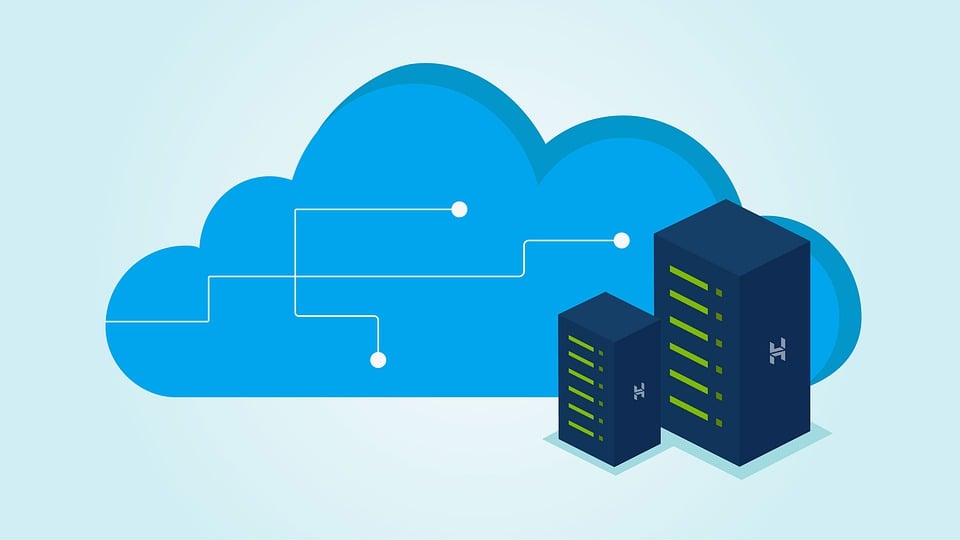
Cloud migration is a digital transformation every business needs to embrace. It will enhance operations, increase efficiency, and enhance competitiveness. However, making this shift is not an easy process. There are many challenges to overcome. This blog post addresses these challenges and the strategies you need to beat them.
It is ideal to understand the process to rule out the possible challenges. Cloud transformation and migration involve moving business applications, data, and workspace to a cloud server. You will gain flexibility after completing the process.
For the best results, you must beat these challenges.
-
Skills and Resources Scarcity
Not every business has the relevant skills for moving their business to the cloud. Without the tools involved, you may as well encounter a glitch. The same is true for the resources. If you do not have enough people to help with the project, it may take longer and cost more.
One way to overcome this challenge is to partner with a cloud service provider, which can help you with the migration process. Amaze® is one of the cloud replatforming product suites developed primarily for Java and .NET apps. Having said that, Amaze® is automation-led, can re-platform an application in only 4 to 6 weeks, alleviate licensing costs, and cuts down around 75% of manual efforts.
Some services ensure you get on premise to cloud migration seamlessly without downtimes and technical issues.
-
Data Security
One of the primary concerns is whether your data will be secure. When you store data on-premises, you have complete control over who has access to it and how it is protected. On the cloud, you are entrusting your data to a third-party provider.
Although you control who can access and manipulate your data, server owners have complete control of the systems. They may sometimes access your information without notice.
To overcome this challenge, you need to carefully select your cloud provider and ensure that they meet your security requirements. Also, establish solid data governance procedures to protect your data in the cloud.
Using a VPN connection will also add an extra layer of security to your data. A Virtual Private Network (VPN) encrypts all the traffic between your device and the server. This way, even if someone manages to intercept your data, they will not be able to read it.
-
Lack of Strategy
Moving to the cloud requires complete preparation. Have your goals and a systematic plan to achieve them. Without a plan, you may end up wasting time and money. One way to overcome this challenge is to establish a governance framework before starting your migration project. This framework will help you decide the data that require migration, the tools and processes you need to use, and the team responsible for the project.
In addition, you should create a detailed plan for migrating your data to the cloud. This plan should include steps like identifying the data, creating a migration timeline, and testing the migrated data.
-
Moving a Large Database
Sometimes, the data you want to move may be too large for a single instance. It becomes even more complicated when you need to move data constantly changing, such as a database.
One way to overcome this challenge is to use a database migration tool. These tools can automate the process of moving your data to the cloud. They can also help you keep your data synchronized between on-premises and cloud systems.
Another method is to use a data replication tool. This option will help you replicate your data to the cloud in a timelier manner.
-
Implementation Costs
Another challenge you may face when migrating to the cloud is the implementation costs. Upfront investment can be significant, especially if moving many applications and a large amount of data.
You need to factor in the costs of hardware, software, and services when making your budget for the project. In addition, you need to account for the costs of maintaining your cloud infrastructure.
To overcome this challenge, you should compare the total cost of ownership (TCO) of migrating to the cloud with the TCO of staying on-premises. You may also be able to negotiate a lower price if you agree to longer terms or commit to a higher usage level.
Another method of overcoming the expensive costs is to get a package that fits your needs. Overbuying resources you may not need in the future can be costly. Make sure to get what you need and upgrade when the time is right.
In addition, try to use cloud services that offer a pay-as-you-go pricing model. This way, you only pay for the resources that you use.
Summary
Migrating your business from on-premise to cloud can be challenging. There are various hurdles, such as data security, implementation costs, and skills and resources scarcity. However, you can ensure a successful transition by following the right strategies. Your business will also witness various benefits, such as reduced costs and improved efficiency.






